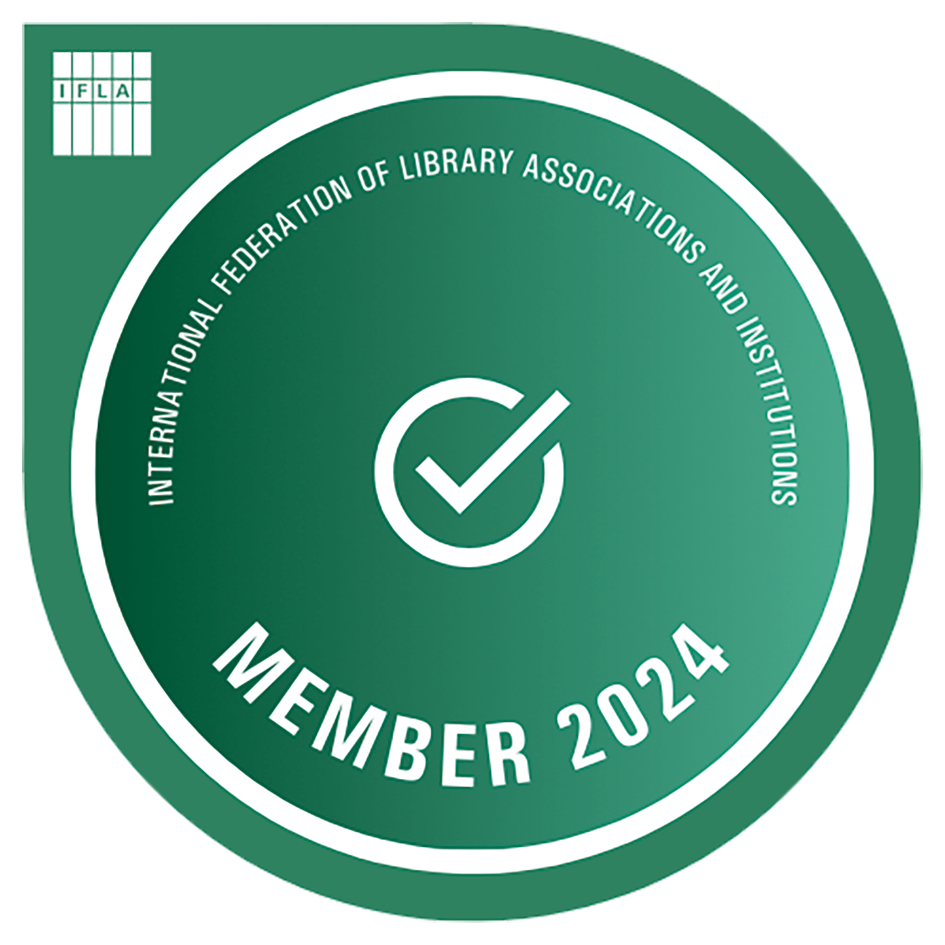歷次消息
- 2018-09-25
「流金千年:東亞上古史」國際研討會
主持人:黃銘崇(中央研究院歷史語言研究所研究員兼文物館主任)
14:00-15:30
晚商殷都的模擬(Skeuomorph)工藝
主講人:Ms. MarinaKuznetsova-Fetisova(顧曼莉,俄羅斯科學院東方研究所博士候選人/ 漢學研究中心2018年度獎助訪問學人)
西元前二世紀可說是中國文明的黎明時分,這個時期的晚商首都「大邑商」佔有特殊的重要地位──陶器、石器、骨器等工藝技術於此蓬勃發展;而其中最令人屏息的,仍是青銅器的鑄造藝術。
顧女士的演講將追溯大邑商所見銅器之設計源流,當中有許多例子顯然運用了「模擬(skeuomorph)」技法,即John H. Blitz定義之「以不同媒材對原型工藝品所做的翻製」(〈模擬、陶器與工藝技術的演變〉,《美國人類學家》117期4卷,頁667);或至少可以找到模擬工法常見的設計。
15:40-16:10
奢華之魅:羅馬帝國的中土絲綢
主講人:Dr. Krisztina K.Hoppál(可茉,匈牙利科學院絲綢之路研究群助理研究員 / 外交部臺灣獎助金2018 訪問學人)
古代羅馬與中國的關係向來是熱門的學術課題,而多偏重文獻探討;透過大量的漢籍史料,眾家學者從各個面向分析了羅馬在古代中國的形象。另一方面,我們卻不太清楚古羅馬之於「遠東」的想法,自考古觀點切入的研究尤少。是故,在羅馬帝國前朝疆域發現的中土絲綢遺存,或可為中國──羅馬關係帶來更進一步的認知。
儘管羅馬世界對這些珍貴物料的產地一知半解──它們來自遙遠陌生的東方「絲國(Serica)」、「秦尼(Thinae)」──華麗的中土織物或許沒有直接影響古羅馬的中國觀,卻能反映出當時的風尚,以及它們在展現皇權威儀上的重要性。即便我們完全不談羅馬人的中國印象,這些中國絲織品在社會、經濟、文化傳播上,仍扮演著舉足輕重的角色。
16:10-16:40
歷九彌新──歷史文物陳列館展示的學術意義
主講人:王任君(Ms. WANG Jen-chun,中央研究院歷史語言研究所歷史文物陳列館館員)
自傅斯年先生1928年創建歷史語言研究所迄今,本所堅持的治學方針,即是鼓勵研究者走出狹隘的書齋──「上窮碧落下黃泉,動手動腳找東西」,以蒐集、分析第一手材料為首要工作。這種實證求真的科學批判精神,也呈顯在歷史文物列館的展出內容。
在前輩研究同仁的努力下,歷史語言研究所庋藏豐富的珍貴文物。從1958年的單間陳列室,到今日兩層樓的展覽廳;於2002年完成整修重新開幕後,歷史文物陳列館設備妥善的保藏環境,讓文物在此訴說自己的故事,搭建學術體系與普羅大眾間的橋梁,喚起民間對文化遺產的關注,提升社會群眾的歷史知能。
我將討論史語所文物的入藏歷史,以及本館如何展示這些典藏,由此揭示文物館展品最重要的兩個意義:其一,這些文物蘊含的歷史、文化及考古知識價值。其二,在它們身上體現的1920年代以來近代中國學術及史語所發展歷程。
主辦單位: 漢學研究中心
※本活動所有場次皆以英文進行,報名網址:http://activity.ncl.edu.tw/
Colorful Past: International Seminar on Prehistory and Early History of East Asia
Oct / 02 / 2018
Moderator: Dr. Ming-chorng Hwang(Research Fellow of the Institute of History and Philology Academia Sinica )
14:00-15:30
Skeuomorphs in art of the late Shang capital (XIV-XI cc BC)
Speaker: Ms. Marina Kuznetsova-Fetisova (PhD Candidate of the Institute of Oriental Studies, Russian Academy of Sciences)
Second millennia BC is known as the dawn of Chinese civilization; and within this period late capital of Shang dynasty "The Great City of Shang" holds a very special place. Crafts like pottery, stone and bone carving flourished there, but the most breath-taking results were reached in bronze-casting.
In this presentation I would like to trace the origin of some designs which can be seen in the art of The Great City of Shang. In a number of cases there appear skeuomorphs, which are defined as "copies of prototype artifacts replicated in different physical materials in the derivative objects" [John H. Blitz. Skeuomorphs, Pottery, and Technological Change /American anthropologist, vol. 117, No. 4, pp. 667], or at least prominent skeuomorphic features.
15:40-16:10
Attracted to Luxury: Chinese Silk Finds in the Roman Empire
Speaker: Dr. Krisztina K. Hoppál (Research Assistant of Hungarian Academy of Sciences Silk Road Research Group)
Relations between the Roman and the early Chinese Empires have been considerably popular fields of research, however, principally from aspect of textual sources. Thanks to the relative abundancy of Chinese historical records, the Roman image in ancient China has been studied from several aspects. At the same time, less is known about the Roman views on the Far East, especially from an archaeological perspective. In this manner, Chinese silk remains discovered in the former territory of the Imperium Romanum might provide a better understanding on Sino-Roman relations.
Despite the fact that the Roman knowledge on provenance of these precious materials was rather vague (they were originated from the undefined East; Serica or Thinae) and therefore had no direct role in China-perceptions, yet they might reflect on special aspects of trends and highlight the importance of luxurious textiles in imperial propaganda. Moreover, Chinese silk – without having any relevant idea on the Middle Empire in Roman society – can be regarded as a significant agent from cultural, economic and social angles as well.
16:10-16:40
Colorful Past: Collection of the Institute of History and Philology (IHP), and Exhibitions at the IHP Museum, Academia Sinica
Speaker: Ms. WANG Jen-chun (Museum of the Institute of History and Philology, Academia Sinica)
Since its establishment in 1928, the guiding principle behind all its academic activities in the IHP has always been to encourage researchers to leave the confines of their libraries and conduct field research. Dr. Fu Ssu-nien urged his colleagues to travel up hill and down dale in search of first-hand materials only obtainable through field research. This critical spirit stressing scientific verification is manifested in the works displayed in the museum.
The hard work of the previous generations of researchers has bequeathed us many crucial cultural relics. From a single exhibition room built in 1958, to the present day museum in two floors of renovated exhibition halls reopened in 2002 along with advanced conservation labs, the IHP efforts on associating the artifacts with their relevant history, envisioning the museum as a center for educating the public, promoting society's interest in cultural heritage and broadening the historical horizons of common citizens.
My talk will outline the acquisition history of the institute's collection and how they are displayed in the IHP museum, to reveal the two major significance of artifacts exhibited in the museum; first, their importance to historical, cultural, and archaeological knowledge, and second, they illuminate the development of both the institute and Chinese academics at large since the 1920's.
Organizer: Center for Chinese Studies
The official languages of the symposium will be English.
- 資源查詢
- 公告資訊
- 關於本館
- 讀者服務
- 申辦服務
- 其他網頁連結



